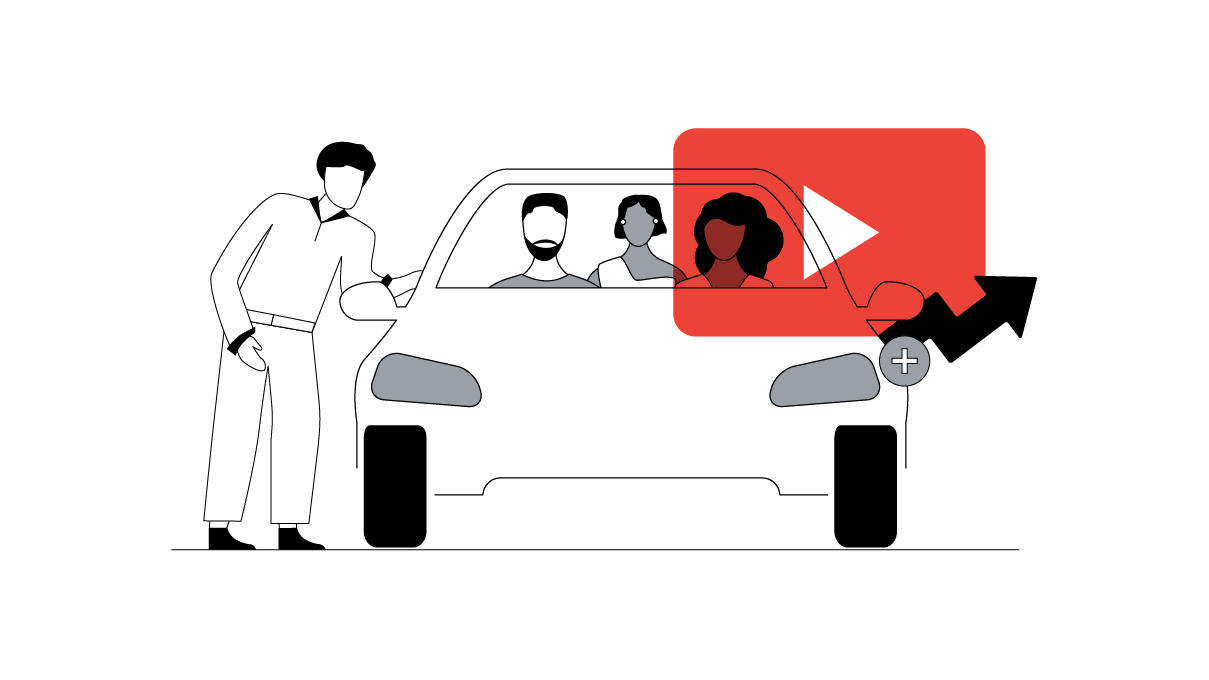Today’s consumers expect and demand a speedy mobile experience. Site speed is critical: a one-second delay in mobile load times can impact conversion rates by up to 20%. The need for retailers to prioritise mobile is clear, but all too often corporate complexity can get in the way of a good customer experience, impacting customer satisfaction.
We spoke with five leaders who’ve overseen successful mobile-first transformation to find out how to navigate organisational hurdles, unlock resources, and get buy-in from the top. These learnings will be helpful for any business seeking to transform their customer experience and drive commercial results through mobile.
Build the business case at board level

"Mobile has long been pivotal in our strategy and the special task force we created has helped to boost a "mobile first" mindset throughout the company, leading each initiative with a mobile lens.
‘’To embed the approach across the organisation, we have continually invested in up-skilling our wider teams with the latest developments in the space and provided many opportunities for creativity and innovation, always with our customer at the centre. Building proof of concept and being meticulous in terms of measuring performance and impact has been key to driving performance and broader scale adoption."
Key learning
Committed executive sponsorship and a top-down approach are essential for a successful mobile transformation. Endeavour to bring the technical and commercial sides of the business together to make a compelling pitch to senior leadership: one supported by proof points and the calculated risk to the business if you don’t act.
Create a culture of performance and accountability with clear and visible data

“Through measuring mobile speed and performance, our product teams have a strong sense of accountability for the real-time customer experience. We built dashboards — visible to everyone in the office — which helped motivate the teams through a mixture of gamification and healthy competition.
“This has contributed to a culture of constantly improving mobile performance across the business and, most importantly, an improved user experience for our customers.”
Key learning
Create accountability from the teams and individuals who can influence prioritisation and execution of the plan, even if it’s not their dedicated role. Establishing a cross-functional steering group is vital in making mobile user experience a priority and navigating any blockers that may arise.
Having clear and visible data available is crucial for keeping mobile performance —and the entire transition project — front of mind. It allows teams to quickly act upon live information and make the connection between metrics such as site speed and conversion rates.
Establish strategy and milestones with stakeholders

“Ahead of delivering our progressive web app (PWA), we mapped out our technical and non-technical limitations, and our route to an initial launch. It was important to identify dependencies and limitations in platform and architecture, along with the teams we’d need to incorporate and win over in the process.
“By fully scoping out all our blockers and enablers, and with a realistic road map that all stakeholders understood and were aligned on, we were able to deliver a PWA.”
Key learning
Workstream leaders and major stakeholders should agree on metrics, milestones, and a North Star in terms of mobile user experience — all based on technical capabilities and resources. Be sure to prioritise initiatives that provide maximum benefit to mobile users — and therefore the business.
Translate work done into business impact

“The close correlation between site speed and conversion rate was built into our dashboards from the beginning. This allowed us to monitor performance, see specific optimisations, and share aggregated improvements with our high-level leadership and board. It helped us demonstrate why speed is important to both the customer and the business.
“We know site speed should continue to be on our radar, and these measurement systems help prevent any regression on user experience and conversion rate.”
Key learning:
It’s critical to translate the work being done into commercial terms. Agree key metrics early on, and marry analytics and your messages to the right audience — such as focusing on big ticket items like conversion rate uplift at board level.
Make any changes iterative and sustainable

“We worked with third parties who owned tags across our site and app to educate them on how their code was affecting the user experience. These short bits of script are highly useful for understanding insights on shoppers’ behaviours, but if they’re too bulky or applied wrong, they can slow down websites and impact conversion rates.
“Establishing clear cross-company and partner analytics standards — and providing partners with the data to optimise their tags — translated into significant and long-term site speed improvements.”
Key learning:
Of the companies that make substantial improvements to their customer experience, 40% regress in six months. Build in checks and balances to keep the digital transformation process moving forward. For example by creating a workflow that both internal and external parties must adhere to whenever new tags are launched.
We’ve put together a mobile-first transformation handbook. to help you successfully navigate the corporate complexities you're most likely to come up against.
Additionally, the Masterful Mobile Web free tool helps you discover how leading brands are creating smooth, fast, and highly-engaging mobile experiences – and how you can do the same.







